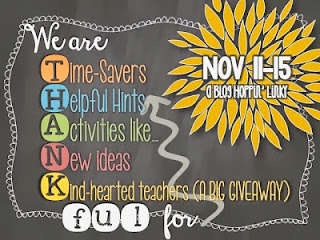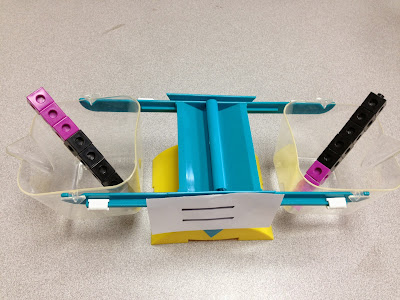I am so excited to share my classroom this year with all of you! Since I am looping with my second graders from last year, I wanted to change up my classroom theme a little bit but didn't want to start completely over again. I spent a ton of time sewing and creating things for my room last year and couldn't bear the thought of not using it.
I came across Schoolgirl Style's
Road Trip theme classroom décor set and knew that it would be a perfect fit for my third graders. A little more mature but still fun and colorful! I love the way it turned out =) Here are some pics from my new classroom...
In the hallway leading to my classroom door, I wanted a fun welcome message for my kids. I saw this idea on Pinterest {
here} and fell in love with the hallway display! The cars were actually very easy to make and Melonheadz had the cutest
faces clipart that I used for the little third graders in the cars!
Don't you just love pennants?! This welcome pennant is hanging right inside my classroom door.
I have this funky little corridor right inside my classroom door and wasn't quite sure what to do with it. Since I have a massive hallway display (the cute little cars) I decided that I needed a space to display my students' work. I used ribbon, mini clothespins, laminated sheets of black paper, and road trip nametags to make this display. It is so easy to change out student work using the clothespins!
Here is a close up of one of the student work displays. (Please don't mind my reflection in the paper!)
This is the area where I display our daily "I can" statements and anchor charts. I stole the idea for the magnetic curtain rods from Christina at
Second Grade Sugar and Spice. It has worked for me very well so far! I'm always looking for more space to hang anchor charts and this idea was perfect!
This year, I'm using a vocab wall instead of a word wall. Each week, I introduce the new vocabulary terms as we learn them and add them to the wall. I refer to the words throughout the week and the kids use them for their vocabulary homework. To make the display, I just used ribbon and Velcro. The Velcro makes it really easy to change out the words each week.
Here is a close up of the vocabulary cards. Each card has the term, definition, and illustration of the word.
I wanted to keep the lanterns that I used in my classroom last year, but wanted to put a new twist on them. In Schoolgirl Style's décor set, there are postcards from all 50 of the states. I decided to name each table a different state using the postcards. My kiddos LOVE being called to the carpet by their state!
Okay, I have to admit something here- I went a little crazy over the summer buying chapter books for my classroom! With the transition to third grade (and the fact that most of my students have already read the majority of my books), I figured I needed to add many more chapter books. I found these amazing bins on
Really Good Stuff and filled them up in no time!
Each student has their own chair pocket this year where they store their data notebooks. On each pocket, I put a license plate with the student's name. They are attached to the chair pockets with Velcro so I can easily switch them out!
Here is our "Road Trip Through the Writing Process" bulletin board! My students always seem to think that once they write their draft in writing workshop, they are done. Does anyone else hear me on this?! I thought my kiddos could use a visual reminder of the ENTIRE process!
This is our student computer center. Nothing fancy, but my students LOVE when it is their day on the computer!
I HATE clutter. So last year, I made this curtain to cover up the last few cubbies that I wasn't using. Behind the curtain, there is stuff shoved everywhere! With very limited storage space, I have to hide things anywhere I can!
Okay, can I just tell you that I am in love with this 5 drawer organizer? One of my biggest issues last year was trying to manage my turn-in basket. It would get so full with papers all mixed up and out of order. This organizer from
Really Good Stuff is FABULOUS. Each drawer has a different label (morning work, math, word study, reading, and other). It has really helped me stay on top of grading papers. I couldn't live without this thing!
Alright, you made it to the end of my tour! I hope you enjoyed checking out my classroom!















































